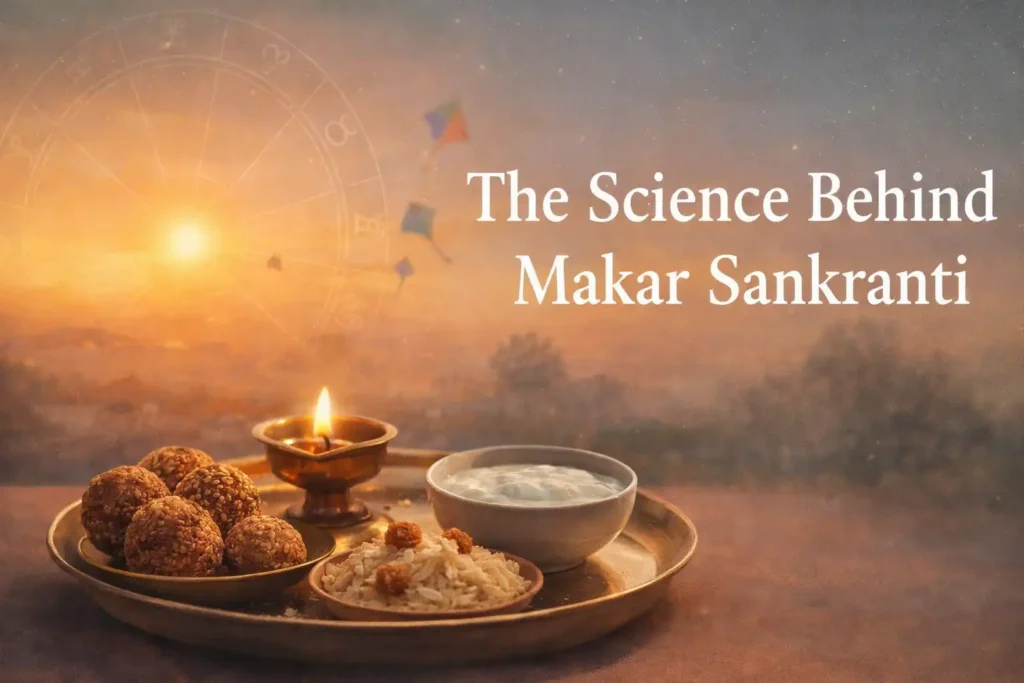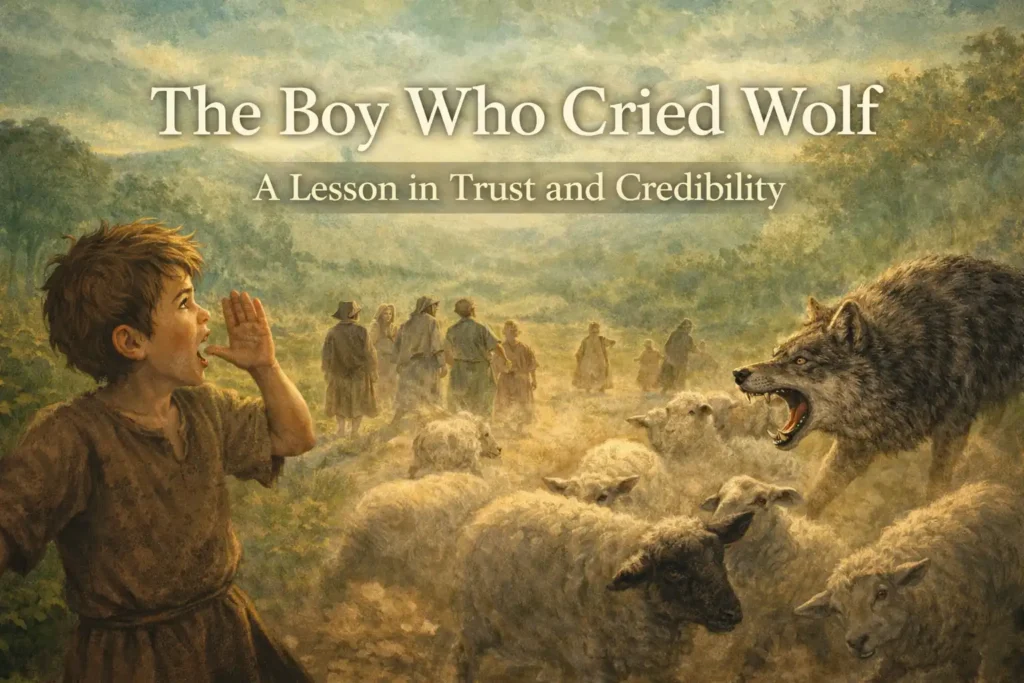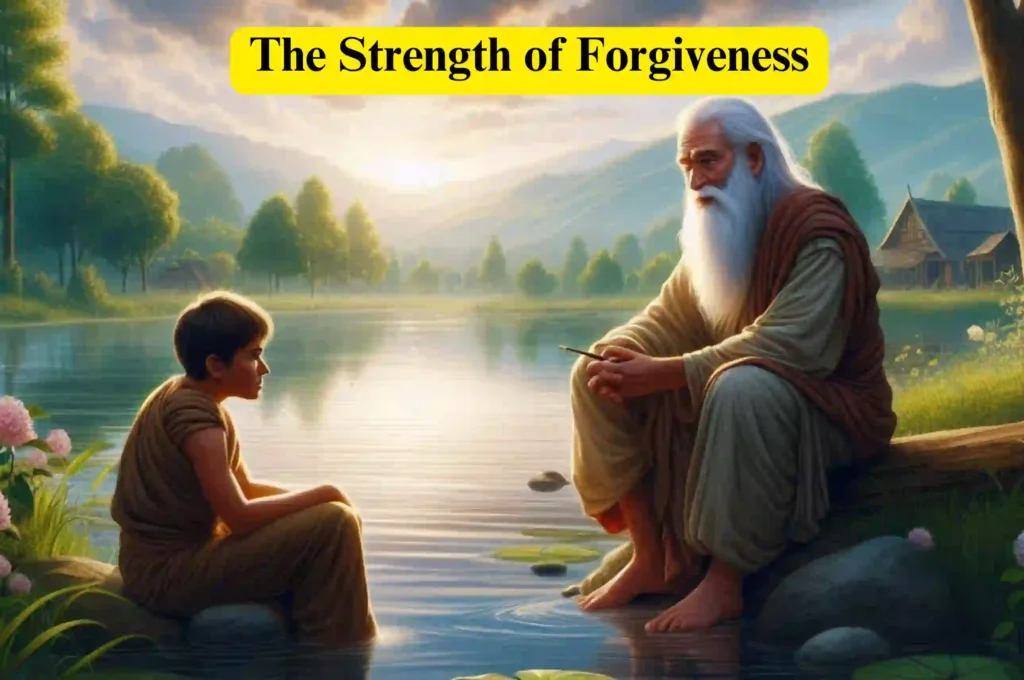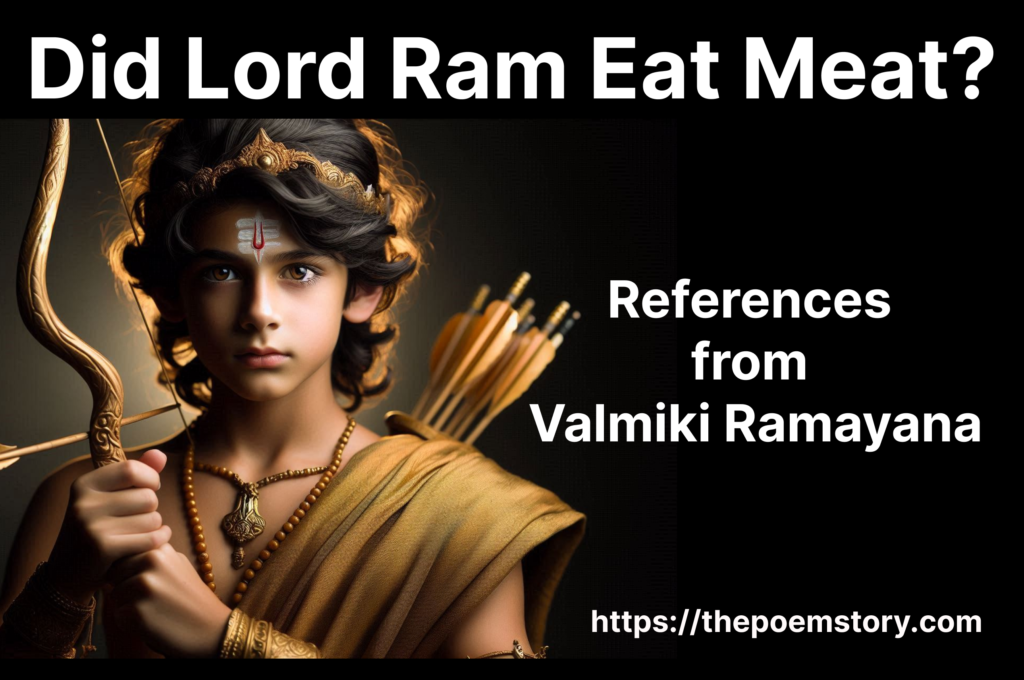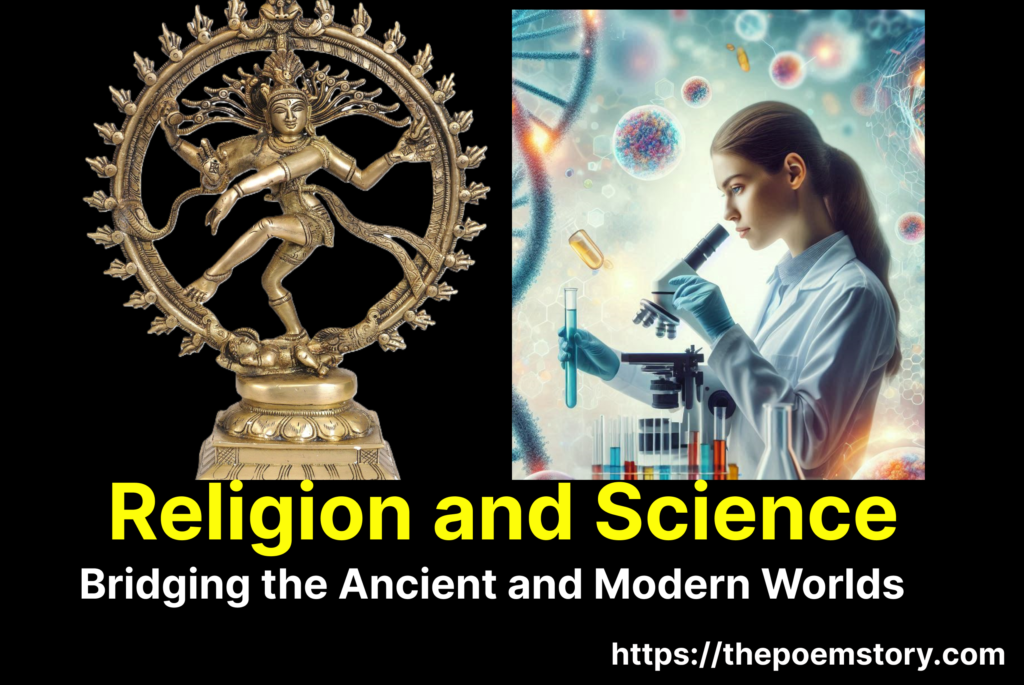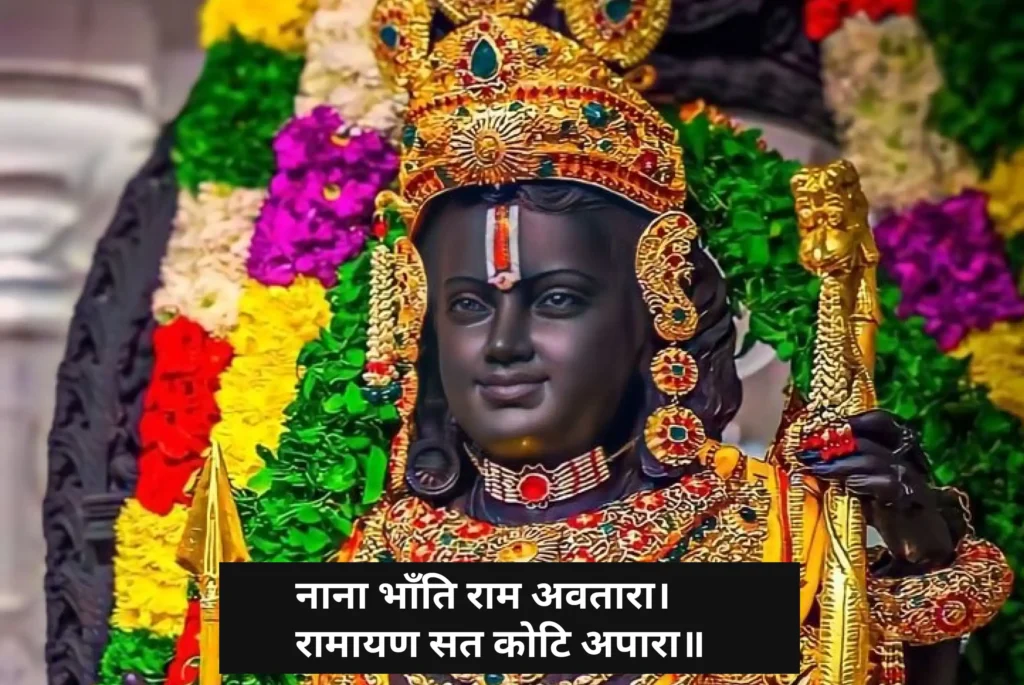Introduction to Kumara Sambhava
Read the Story of Story of Kumara Sambhava. “Kumara Sambhava” is a seminal work of classical Sanskrit literature authored by the revered poet Kalidasa. This epic holds a prestigious position within Indian literary tradition, celebrated not only for its intricate narrative but also for its poetic excellence. The narrative core of “Kumara Sambhava” revolves around the birth of Lord Kartikeya, also known as Kumara or Skanda, who is a significant deity in Hindu mythology. Lord Kartikeya is often revered as the god of war and the commander of the celestial armies.
Kalidasa’s masterful composition extends beyond mere storytelling to encapsulate the grandeur of divine intervention and cosmic events. The epic is woven with rich metaphors, eloquent descriptions, and vivid imagery, showcasing Kalidasa’s unparalleled poetic prowess. The significance of “Kumara Sambhava” in Indian literature is manifold. It not only provides a detailed account of the divine lineage and the circumstances leading to Lord Kartikeya’s birth but also delves into themes of love, duty, and valor.
In Hindu mythology, the birth of Lord Kartikeya is a pivotal event, as it marks the emergence of a divine warrior destined to defeat the asura Tarakasura, who poses a grave threat to the gods. The narrative begins with the union of Lord Shiva and Parvati, whose tapasya (penance) and eventual marriage set the stage for the miraculous birth of Kartikeya. Through this epic, Kalidasa not only glorifies the divine characters but also illustrates the profound philosophical and spiritual beliefs embedded within Hinduism.
“Kumara Sambhava” is distinguished by its poetic grandeur, seamlessly blending lyrical beauty with profound thematic elements. The meticulous use of similes, metaphors, and other literary devices enhances the reader’s experience, making the epic a timeless piece of literary art. As we delve into the subsequent sections of this blog, we will explore the various aspects of “Kumara Sambhava,” unraveling the depth and richness of this extraordinary epic.
Story of Kumara Sambhava
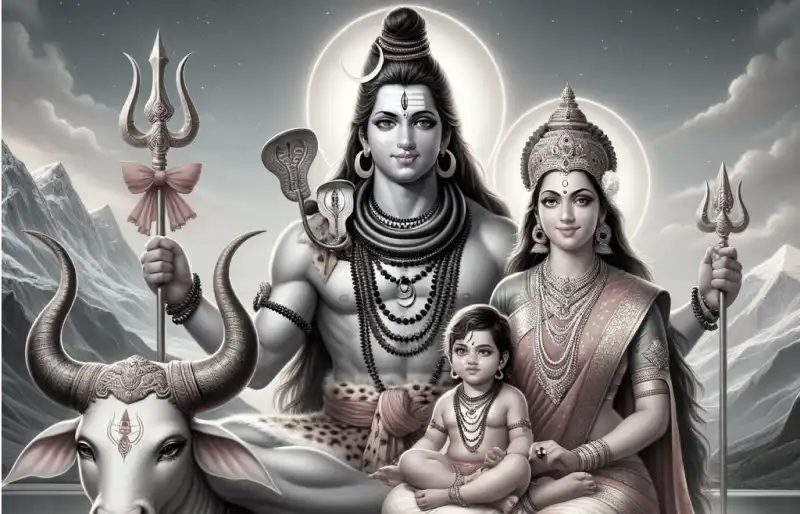
Keywords: Story of Kumara Sambhava, The Birth of Kartikeya, Shiva and Parvati, Defeat of Tarakasura, The Union of Shiva and Parvati
Table of Contents
The Curse of Kama and Its Consequences
In the grand tapestry of Kumara Sambhava, the role of Kama, the god of love, is both pivotal and tragic. Tasked with the formidable mission of arousing Shiva’s desire, Kama’s actions were driven by a larger cosmic necessity. According to divine prophecy, only a son born of Shiva could vanquish the demon Tarakasura, whose reign of terror threatened the cosmic order. The gods, desperate to restore balance, urged Kama to incite Shiva, who was deep in meditation, to fall in love with Parvati.
Approaching the ascetic god with trepidation, Kama unleashed his powerful arrow of love. The air shimmered with anticipation as the potent force struck Shiva, momentarily breaking his deep meditation. However, Shiva’s anger ignited at the intrusion, and in a flash of fury, he opened his third eye. The unleashed fire incinerated Kama instantly, reducing him to a state of disembodiment. This act of divine wrath transformed the god of love into Ananga, the bodiless one, forever altering his existence.
Kama’s immolation had profound repercussions. His wife, Rati, was plunged into an abyss of sorrow, mourning the loss of her beloved. Her grief added a poignant layer to the myth, highlighting the personal sacrifices entwined with cosmic duties. Despite his disembodiment, Kama’s essence continued to influence the universe, underscoring that love, though scorched, could not be entirely eradicated.
The curse of Kama and its consequences are a testament to the intertwined destinies of gods and mortals within the narrative of Kumara Sambhava. It serves as a reminder of the delicate balance between duty and emotion, the ephemeral nature of life, and the enduring power of love, even in the face of divine wrath. This episode not only sets the stage for the eventual union of Shiva and Parvati but also echoes through the annals of mythological lore as a story of sacrifice, love, and the relentless pursuit of cosmic equilibrium.
The Despair of the Gods
In the ancient lore of “Kumara Sambhava,” the gods found themselves in a state of profound despair due to the tyranny of the formidable demon Tarakasura. Tarakasura’s reign of terror was marked by his relentless attacks on the heavens, subjugating both deities and mortals alike. His malevolent power was nearly insurmountable, rooted in a significant boon granted by Lord Brahma. According to this boon, Tarakasura could only be vanquished by the offspring of Lord Shiva, thereby rendering the gods powerless against him.
The gods, led by Lord Indra, convened numerous councils in a desperate bid to find a solution to this dire predicament. They realized that the only way to overcome Tarakasura was to ensure the birth of a son to Shiva. However, this task was fraught with challenges. After the loss of his first wife, Sati, Lord Shiva had retreated into deep meditation, distancing himself from worldly affairs and any notion of remarriage. The divine beings recognized that uniting Shiva with Parvati, the reincarnation of Sati, was their sole hope.
Consequently, the gods approached Parvati, beseeching her to win Shiva’s heart and bring him out of his ascetic state. Parvati, who was herself deeply devoted to Shiva, accepted this divine mission with determination and grace. Understanding the gravity of their plight, she embarked on a path of rigorous penance to prove her worthiness to Shiva and gain his attention.
Recognizing the Herculean nature of this task, the gods sought the aid of divine intervention to support Parvati’s efforts. They enlisted the help of Kamadeva, the god of love, to awaken desire in Shiva and encourage him to notice Parvati’s devotion. This act of divine intervention was pivotal, as it set into motion the events that would ultimately lead to the birth of Kumara, the destined vanquisher of Tarakasura.
The Tapas of Parvati
Parvati’s journey of penance, or tapas, to win Shiva’s affection is a tale of unparalleled devotion and determination. Her unwavering dedication to Lord Shiva exemplifies the depth of her love and the lengths she is willing to go to be united with him. Parvati’s tapas began with her embracing a life of asceticism, renouncing worldly comforts and immersing herself in severe austerities. Clad in simple garments and residing in the harsh wilderness, she focused solely on her meditation and prayers to Shiva.
The trials Parvati underwent were grueling. She endured extreme weather conditions, from the scorching heat of the sun to the biting cold of the nights. Her sustenance was minimal, often limited to fallen leaves and water from the natural springs. Despite these hardships, Parvati remained steadfast, her mind unwaveringly fixed on the divine image of Shiva. Her penance was not merely a physical ordeal but also a test of mental and spiritual fortitude.
Throughout her tapas, Parvati faced numerous temptations and challenges designed to break her resolve. Yet, her dedication did not falter. Her fervent devotion gradually began to have an effect, attracting the attention of the celestial beings who admired her persistence. Her unwavering faith and the purity of her intentions eventually softened Shiva’s heart.
After years of relentless penance, Shiva finally acknowledged Parvati’s devotion. Moved by her love and sacrifice, he appeared before her, recognizing the depth of her commitment. Shiva’s acceptance of Parvati’s devotion marked the culmination of her arduous journey, symbolizing the triumph of love and devotion over all obstacles. Their union is celebrated as a divine confluence of complementary forces, embodying the perfect balance between asceticism and devotion, renunciation and love.
The Union of Shiva and Parvati
The union of Shiva and Parvati is a pivotal moment in the Kumara Sambhava, one that has profound implications for the cosmic order. This divine coupling is not merely a romantic interlude but a necessary convergence of energies that sets the stage for a significant transformation in the universe. The gods and sages, aware of the prophecy that Parvati’s son would vanquish the demon Tarakasura, eagerly anticipate this union. Their consummation is thus seen as an event of immense celestial importance.
Shiva, the ascetic god, initially immersed in deep meditation, is moved by Parvati’s unwavering devotion and her numerous acts of penance. Parvati, the daughter of the mountain king Himavan, embodies grace, resilience, and steadfast love. Her persistence melts Shiva’s heart, leading to their eventual union. The divine marriage is celebrated with great fervor and is attended by an assembly of gods, goddesses, and celestial beings, symbolizing the harmony and balance restored to the cosmos.
The significance of their union goes beyond the personal; it is a confluence of cosmic forces. Shiva represents the ultimate consciousness, while Parvati symbolizes the dynamic energy or Shakti. Their coming together signifies the unification of these two fundamental principles, necessary for sustaining life and order in the universe. It is through their union that the divine child, Kartikeya, will be born, destined to fulfill the prophecy and defeat the menacing Tarakasura.
This divine narrative underscores the importance of balance and the cyclical nature of creation and destruction. The birth of Kartikeya, a direct consequence of Shiva and Parvati’s union, ensures the preservation of dharma and the eventual downfall of evil forces. Thus, the consummation of their love is not merely a mythological event but a cornerstone in the cosmic cycle, resonating with profound spiritual and philosophical themes.
The Birth of Kartikeya
The birth of Kartikeya, also known as Skanda or Murugan, is a tale of divine intervention and cosmic significance. According to Hindu mythology, the birth of Kartikeya was a result of a divine mandate to vanquish the demon Tarakasura. The story begins with the gods seeking a powerful warrior to defeat the demon, leading to the intervention of Agni, the fire god, and Ganga, the river goddess.
Shiva, one of the principal deities in Hinduism, was in deep meditation. The gods needed his offspring to conquer Tarakasura, so they devised a plan involving Agni. Agni, bearing the divine seed of Shiva, carried it to the Ganges. Ganga, in her nurturing form, received the seed and carried it downstream, where it was eventually deposited in a secluded place.
In that secluded spot, the seed transformed into a radiant child. This child was discovered by the Krittikas, a group of six celestial nymphs who were bathing in the river. They decided to raise the child together, and thus he became known as Kartikeya, named after his six foster mothers.
Kartikeya’s upbringing was marked by extraordinary events and divine blessings. As he grew, his attributes and skills became evident. He was endowed with exceptional strength, wisdom, and valor. His six heads symbolize his omnipresence and his ability to see in all directions, representing his vigilant nature. He also carries a spear called Vel, which signifies his role as a warrior and a protector.
Known by various names such as Skanda, Murugan, and Subrahmanya, Kartikeya holds a significant place in Hindu mythology. Each name reflects different aspects of his personality and his divine mission. For example, the name Skanda signifies “the one who has spilled his seed,” alluding to his miraculous birth, while Murugan is a common name used in South India, representing his youthful and heroic nature.
Kartikeya’s birth and upbringing are not just tales of divine intervention but also symbolize the triumph of good over evil. His story continues to inspire devotion and reverence, making him a cherished deity in the Hindu pantheon.
Kartikeya’s Preparation for Battle
Kartikeya, also known as Skanda or Murugan, embarked on an extensive and rigorous preparation for the monumental battle against the formidable demon Tarakasura. Recognized as the son of Shiva and Parvati, Kartikeya was destined for greatness, and his training reflected the gravity of his mission. Under the watchful eyes of the gods, he underwent intense physical and mental conditioning that honed his skills as a warrior. His preparation was not merely about mastering weaponry but also about embodying the virtues of courage, strategy, and leadership.
The training sessions were grueling and multifaceted, involving the mastery of celestial weapons and the execution of complex battle strategies. Kartikeya’s instructors included the most venerable warriors of the celestial realm. He learned the art of warfare from Indra, the king of gods, who imparted his knowledge of combat and tactics. Moreover, Kartikeya’s education extended to understanding the moral and ethical dimensions of war, ensuring that his actions in battle would be just and righteous.
Integral to Kartikeya’s preparation were the blessings and boons he received from various deities, each contributing to his might and invincibility. Brahma, the creator, bestowed upon him the knowledge of the sacred texts and the power of wisdom. Vishnu, the preserver, endowed him with the Sudarshana Chakra, symbolizing the disc of time and destruction. From his father, Shiva, Kartikeya received the Vel, a divine spear that would become his signature weapon, representing his invincible power and unyielding resolve.
As Kartikeya readied himself for the impending confrontation, he also assembled a divine army composed of the most valiant and loyal warriors from the heavenly realms. This formidable force was characterized by unwavering loyalty and unparalleled combat prowess, ready to follow Kartikeya into the heart of battle. His army included the Ganas, Shiva’s loyal attendants, and the celestial beings, each bringing unique strengths to the battlefield.
Kartikeya’s valor and determination shone brightly throughout his preparation. His unwavering commitment to fulfilling his destiny and eradicating the tyranny of Tarakasura exemplified his role as a divine warrior. Through rigorous training, divine blessings, and a formidable army, Kartikeya stood poised and ready to face the ultimate challenge, embodying the essence of a true hero destined to restore cosmic balance.
The Defeat of Tarakasura
The climactic battle between Kartikeya and Tarakasura marks a significant event in the epic narrative of Kumara Sambhava. Kartikeya, also known as Skanda or Murugan, faced Tarakasura, a formidable demon whose tyranny had thrown the universe into chaos. This battle was not just a mere confrontation but a meticulously strategized conflict, reflecting Kartikeya’s prowess and divine purpose.
Kartikeya, armed with divine weapons bestowed by the gods, entered the battlefield with determination. His primary weapon, the Vel, a celestial spear given by his mother Parvati, symbolized his divine mission. The battle commenced with an intense exchange of blows, each showcasing the might and skill of the combatants. Tarakasura, wielding his own arsenal of powerful weapons and dark magic, proved to be a challenging adversary.
Throughout the battle, Kartikeya demonstrated strategic acumen and valor. He maneuvered with agility, countering Tarakasura’s attacks with precision. The gods and celestial beings watched in anticipation, their hopes pinned on Kartikeya. The battlefield echoed with the clash of weapons and the fervent war cries of the warriors.
In a decisive moment, Kartikeya, invoking his divine strength, launched the Vel with unparalleled force. The spear pierced through Tarakasura, vanquishing the demon and bringing an end to his reign of terror. The defeat of Tarakasura restored peace and order in the universe, a testament to Kartikeya’s role as a divine warrior.
The victory was celebrated with great fervor. The heavens rejoiced, and the gods honored Kartikeya for his bravery and strategic brilliance. He was acknowledged not only as a great warrior but also as a divine being whose actions upheld cosmic balance. The celebrations marked the recognition of Kartikeya’s significance in the pantheon of divine heroes, cementing his legacy in the annals of mythology.
Keywords: Story of Kumara Sambhava, The Birth of Kartikeya, Shiva and Parvati, Defeat of Tarakasura, The Union of Shiva and Parvati
